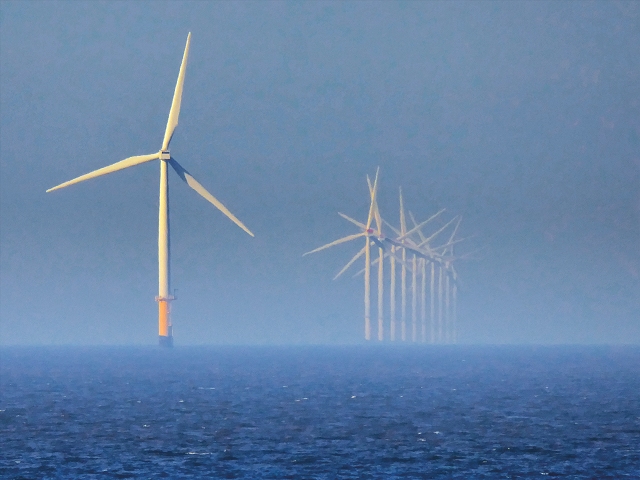Can IoT Technology Improve Performance of Offshore Wind Farms?
3 min read
Offshore wind is an integral part of the global energy infrastructure. However, power generation and maintenance in large offshore firms can be challenging and costly. And that’s why many operators are now embracing the latest technology to enhance efficiency and save time. For instance, IoT is useful in operating turbines and benefits offshore wind farms immensely.
What are the benefits of offshore wind farms?
Offshore wind farms have become increasingly famous in the recent past. However, building offshore turbine towers pose a lot of challenges. The process involves constructing underwater power cables and foundations. For this reason, many companies like IHC IQIP have since come up to offer the essential equipment and services for flawless power generation.
Though offshore wind farms are costly to construct, they are less intrusive and are associated with numerous gains.
- Faster wind speeds
Offshore wind speeds are faster, and you expect an increase in energy production. This translates to a high energy supply and a steady supply of reliable energy sources.
- High yields
Offshore wind farms are large and feature hundreds of wind turbines. They compete competitively against onshore wind installations and are a major source of power due to their high yields. Moreover, offshore wind farms are handy in coastal towns with high energy demand. Such installations can help meet the increased energy demand from nearby sources.
- Environmentally friendly
Offshore wind farms generate renewable energy and don’t emit toxic elements or greenhouse gases that pollute the environment.
Can IoT improve efficiency in offshore wind farms?
- Monitoring& regulating wind power turbines
Offshore wind farms consist of many wind turbines. Integrating the turbines to work together can be challenging. However, this can be achieved by tapping into the latest technology such as IoT. IoT allows various devices to communicate and interact, making it easier to monitor or control them remotely. This then makes it useful in the wind power industry.
You can also use the same technology to regulate wind turbines and operations in offshore wind farms. The technology can help monitor structural changes that can affect safety, thus improving incident management.
- Efficient maintenance techniques
IoT and other technologies can help analyze the lifetime of wind turbines and their components. This allows operators to understand the operational behavior of most of the elements and substructure. The information helps in making maintenance decisions, making it easy to perform preventive and corrective maintenance. Moreover, this allows for proper budgeting and planning for preventive schedules, minimizing downtime and power generation costs.
- Data collection& cost reduction
IoT can help wind farms to collect data. The technology and helps report voltage outputs and develop a power curve and energy analysis. It also reduces human intervention and control monitoring. And this saves a lot of money on turbine maintenance.
Final thoughts
Minor malfunctions in wind turbines can affect the overall efficiency of any wind farm. It’s then critical to maintaining all turbines in optimal condition. Equipment malfunctions in wind farms can be costly. And embracing IoT technology will enhance efficiency and also save a lot of resources and time.








